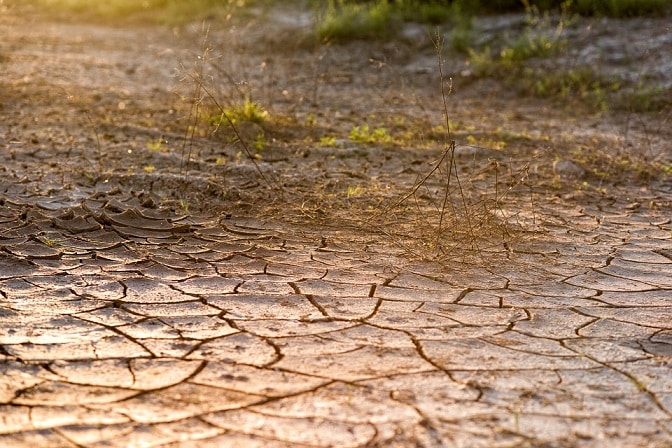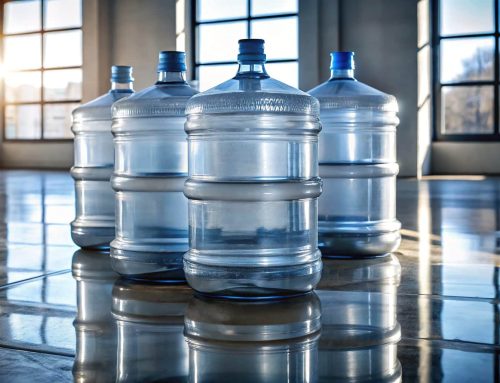In places where there have never been droughts or floods before, they are now being caused by global warming, changing climatic patterns, and a growing population. Communities are having a difficult time adapting to these new occurrences, particularly the droughts, because clean drinking water is necessary for all forms of life, including humans, animals, and plants.
As a result, it is imperative that each of us preserve as much water as we possibly can, particularly during a drought, in order to guarantee that there is sufficient water for the necessities, such as water for drinking and for maintaining personal cleanliness.
How to Conserve Water Amid the Current Drought
There are many different approaches to conserving water, which is something that should not just be done during times of drought but should truly become ingrained in all of our daily routines. Every day, we ought to make it a priority to reduce, reuse, and recycle as much of the water that we use as we can.
The following are some of the most straightforward ways to accomplish this goal:
- Instead of letting the water that you use to wash the dishes simply go down the drain, put it to good use by watering your plants with it instead.
- Take a shower rather than a bath;
- Reduce the length of your showers;
- When you are brushing your teeth, make sure the faucet is not running;
- Do not flush the toilet unless it is absolutely necessary, and place a block in the cistern to reduce the amount of water that is used with each flush;
- You can utilise the rainwater that collects in your gutters during the winter to fill up water tanks, which you can then use during the summer to water your garden.
We all have a soft spot in our hearts for our lawns and gardens, but unfortunately, these water-hungry green spaces can account for up to half of a household’s total water consumption.
Rethinking how you maintain your garden is one of the most effective methods to cut down on wasted water. It is believed that you can reduce the quantity of water used for domestic purposes by between fifty and seventy-five percent by making a few adjustments, such as modifying the kinds of flowers that are grown in your garden and reducing the amount of grass that is present.
You may cut down on water use in your garden by:
- Changing out a portion of your grass lawn with low-maintenance groundcover that doesn’t need as much irrigation;
- Construct a space with a Zen aesthetic by using rocks, sand, and seashells;
- Plants and flowers that use a lot of water should be switched out for native plants, which are adapted to the local climate and survive with little to no supplemental irrigation;
- Sage, lavender, kangaroo paw, and tea tree are examples of drought-resistant grasses and plants that should be planted;
- Set up a system of drip irrigation that will deliver a few gallons of water to the plant roots on a monthly basis;
- Desert plants such as succulents and cactus should be your plants of choice.
As you can see, conserving water is not hard to accomplish; thus, you should make it a way of life rather than something that you only do when there is a lack of water, such as when there is a drought.
Living-Water is a company that provides water cooler services in London in addition to water dispensers. Purchase water coolers and look at water cooler rental options.






